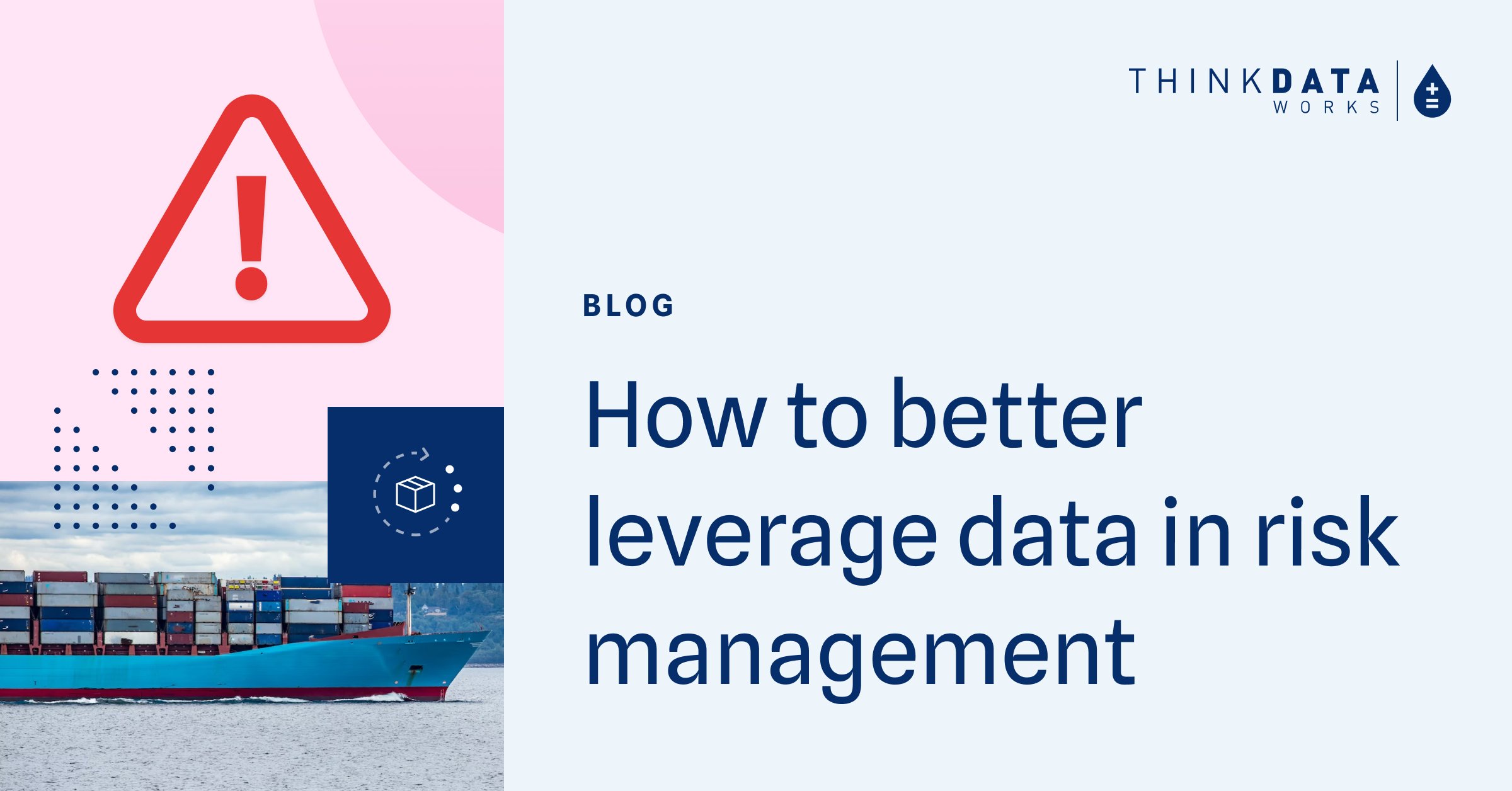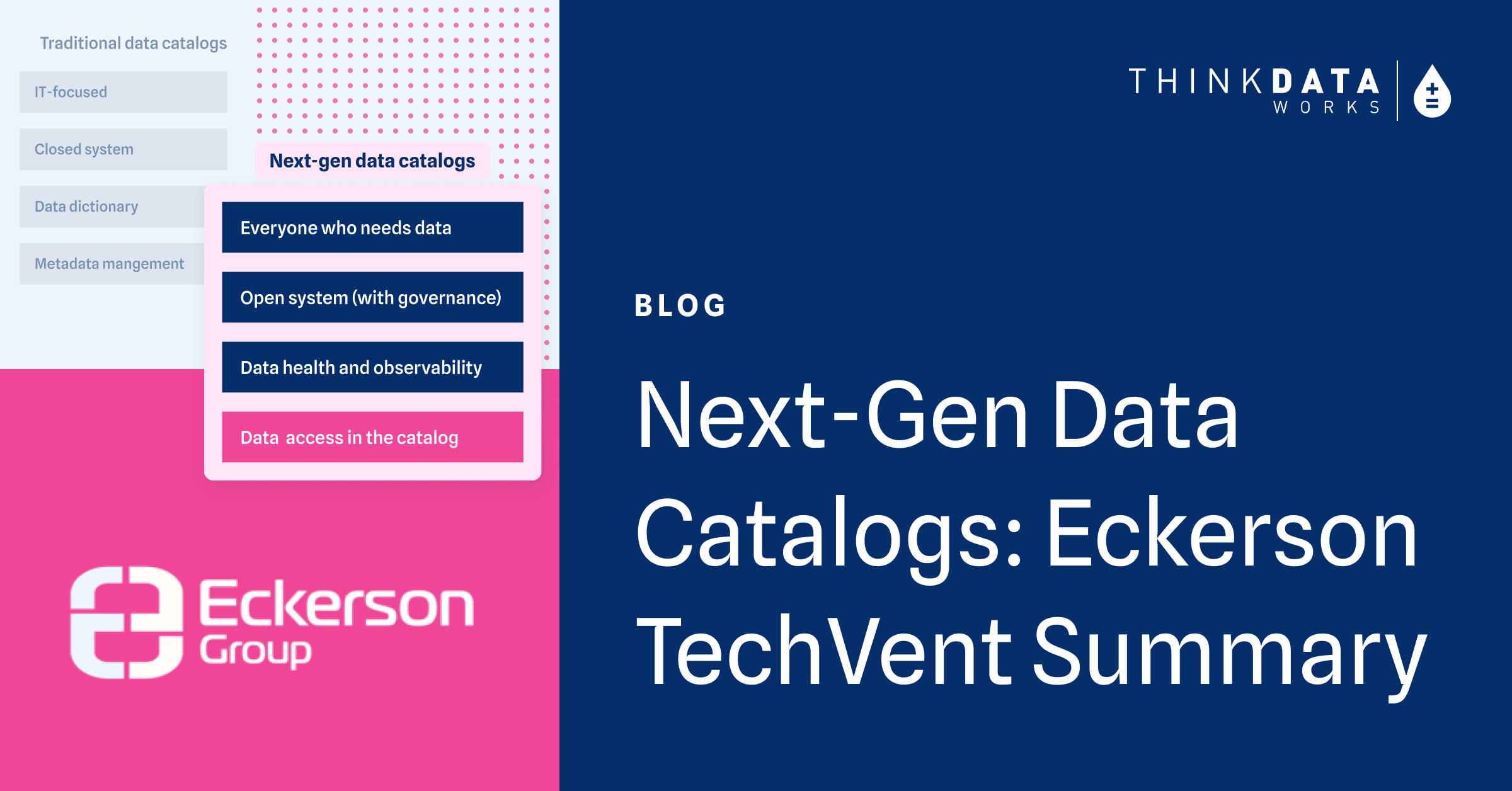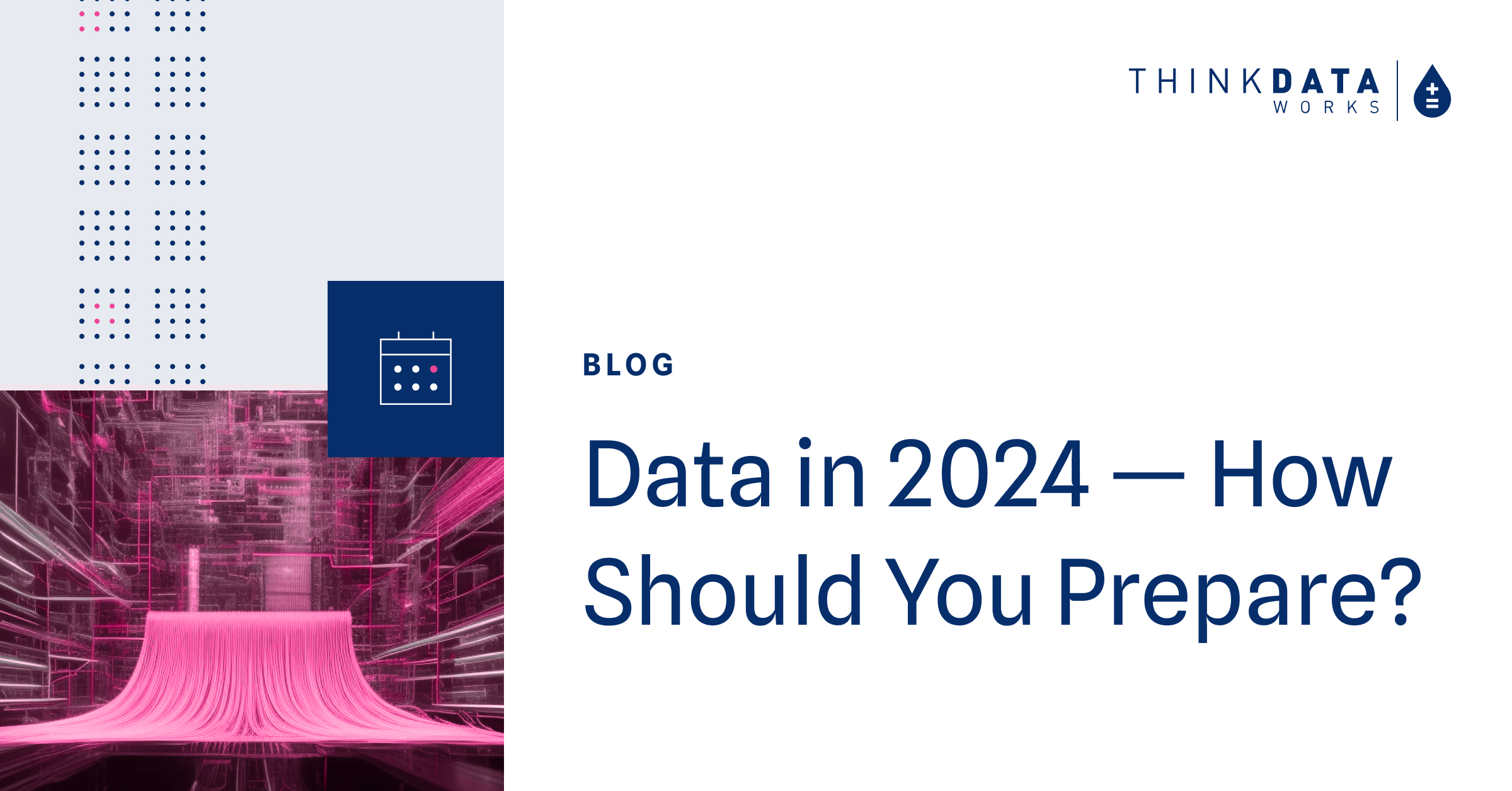4 min read
5 min read
How to Build a Data Strategy - Part 1: The Data Audit
![]() Heather Chapple
October 6, 2020 11:16:48 AM EDT
Heather Chapple
October 6, 2020 11:16:48 AM EDT
This is the first of a four-part how to series that dives into how to develop an end-to-end data strategy for your organization that solves for data at every stage of it's lifecycle.
Most major companies have invested heavily in data over the last few years. Using data has paid off, without a doubt, but there are questions you need to ask to make sure you’re operating efficiently: do you have a global picture of your data use? Are you building workflows that scale? And are you making the most of the time and resources spent on data?
The problem with data being a ‘secret weapon’ is that it’s kept secret, even among teams within the same organization. It is stored in different places, managed by different people, and largely, there’s no standard way to ‘work on data’ – be that through access, transformation, or sharing.
For many companies, data ecosystems span hundreds of separate, siloed units, making it difficult to even imagine a single source of truth. Without a clear understanding of the data you use and how you use it, it’s impossible to know how much more effective and efficient your data operations could be.
Step one has to be to establish a baseline – organizations need to conduct an audit into their data assets and processes.
First things first – what is a data audit?
A data audit will enable companies to better understand the data they’re using across all teams and departments, how it is being used, and gain a single pane view of the organization’s data ecosystem.
Effectively, you’re drawing a map of all the data your organization has, the vendors you are purchasing it from, the work that goes into it, and the strategic goals it supports.
Successful companies manage their data assets like libraries – instead of each business unit (genre) being independent, there needs to be a standard way to organize data (books) so that:
- there aren’t multiple copies of the same/slightly varied things;
- there aren’t redundant purchases being made;
- there’s a common standard of access across the entire organization;
- there’s a way to take stock of everything the organization uses and needs; and
- there’s a clear path forward for growth.
Once you have an understanding of the internal and external data assets you have, aligning them to desired outcomes in your data and business strategies (and yes, the two are linked) becomes a more measurable and effective process.
How to conduct a data audit
Bernard Marr lays out a data strategy very concisely: you must “set out how you want to use data in practice, clarify your top data priorities, and chart a course for reaching your goals.” A key part of that forward-looking process is to take stock of your current state.
This data audit will enable you to understand your baseline so that you can achieve scalable digital transformation.
1. Data: What are you using and what is missing?
Understanding what data your organization is consuming can be challenging because data lives anywhere, and each team probably does things a little differently. Without realizing it, many organizations are paying for the same data multiple times because it’s being consumed by different business units that don’t share common objectives. It happens more often than you might think, and without a centralized plan, you’ll likely find multiple instances of licences from the same vendor across a single organization. Spotting these overlaps is a significant opportunity in cost savings and efficiency gains by streamlining procurement.
The other side of knowing what data you have is revealing gaps in the ecosystem where you may be systematically missing important types of data. Tunnel vision is common – it’s impossible to see and use all the data that’s out there, but there are ways of seeing where your current strategy falls short, and where the biggest opportunities for improvement lie.
In addition to finding new data, pulling data from more sources strengthens your solutions by way of increasing the sample size. If data only comes from one source, there’s a tremendous risk for bias to be introduced, but by diversifying sources, your organization can benefit from a broader scope.
2. Tools: How do you view your data ecosystem?
Chances are your organization has acquired (more than) a few tools and platforms to catalogue your data through relationships with different vendors. Since they’re all independent of each other, though, they aren’t giving you a single-pane view so you can take stock of everything the organization uses and needs.
A unified, central data access point is a key component of building a new organizational system that scales with your data growth. The value of assessing and consolidating your tools has a tangible return on investment.
As McKinsey highlights, “a platform acts as a central repository for all data, distills them into a single source of truth, and supports the scaling up of sophisticated digital and advanced-analytics programs that translate data into business value” (exhibit).
3. Measures: How do you manage data governance?
Safegraph notes, “As companies rely more and more on data...truth is going to be even more important. If you are using data to make predictions about the future, then the data that represents the past needs to be highly accurate.” After you have a general map of what data your organization has and doesn’t have, you need to determine how the quality of the data you are using is measured.
How can your organization evaluate data? Data quality factors in how complete the dataset is, its freshness, uniqueness, validity, and provenance. No matter your metrics and methods, the key is to have a consistent approach across the organization that provides a clear overview of how the data you’ve got helps achieve your business goals. Regular evaluation of your data supports better risk mitigation, cost savings, and clear, realistic KPIs.
4. People: How are you managing your most valuable asset?
Remember that there are humans behind your data and the data engineering process. Creativity and organizational skills are critical to transforming your data from a static asset into analytics and insights that drive key business decisions.
Understanding all of the players who work with data across your organization and how they are being deployed will provide you insight into how scalable your data strategy might be. What is required to bring new data into your organization? Once it’s brought on, who is responsible for managing it?
If this seems familiar, don't feel bad – you're not alone. Survey the work that goes into finding and using data to see how to help your data science divisions be more productive.
Bringing people into your audit process will help you understand all of the players who work with data across the whole of your organization and their role in supporting a successful data strategy.
So, what does a data audit do for you?
- Understand the costs – the price tag for a dataset from a vendor isn’t an accurate representation of the final cost of data. A thorough data audit reveals how much time, effort, and ultimately money are spent getting data into your ecosystem.
- Gaps and overlaps – with a clear overview of all the data you’ve got, you’ll be better able to spot redundancies in data procurement and data science efforts, as well as blindspots in your data acquisition strategies. Spending less on the data you have means budgets can be reallocated to bring more data into more robust solutions.
- Formalize an audit process – this audit should not be a one-off, and finding the pain points in the audit process is as valuable as any other result. Understanding what’s needed to get a picture of an organization’s-worth of external data, and understanding how to improve that process, is a boon to your overall data strategy.
Looking at your data assets and how they are being used is a critical first step in turning your data into a pillar of your corporate strategy. Interested in the next step? Stay tuned for the second part of this series as we dive into how to reduce inefficiencies and consolidate records across your organization.
Want to learn more about aligning your business and data strategy?
Request a consultation with one of our data experts or browse the largest catalog of solution ready data to determine how ThinkData’s tech can advance your projects.

4 min read
How to better leverage data for risk management and crisis response

3 min read

